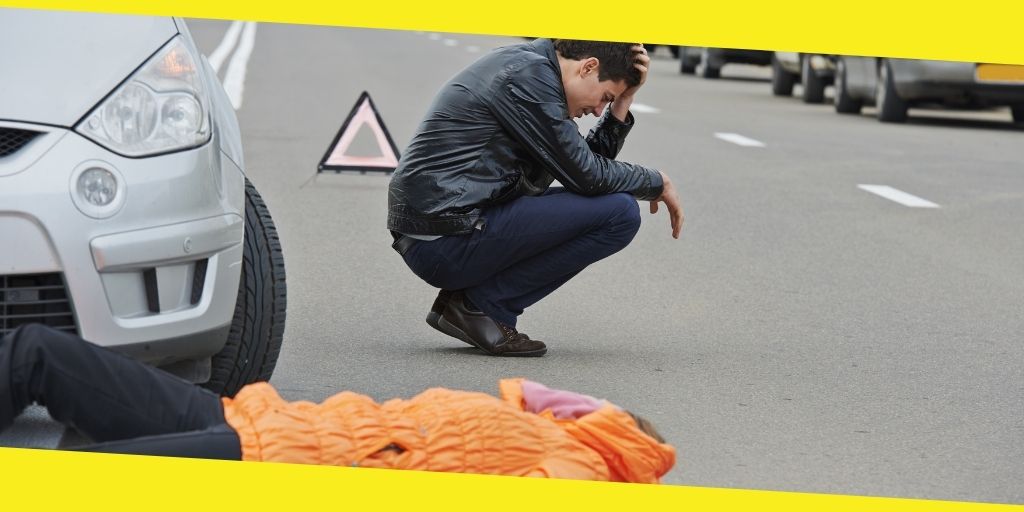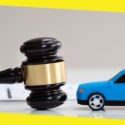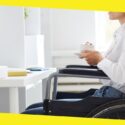Steps to Follow If You or a Pedestrian Gets Hit by a Vehicle

Car accidents are so common today that almost everyone will be in at least one during their lifetime on the road. In fact, you probably see an accident regularly if your daily destination has you driving more than 10-15 miles on a busy road.
It’s not nearly as normal to see pedestrian accidents, though. When you or another person is hit by a car, the result can be just as terrifying.
First, serious physical damage can happen when there’s nothing to absorb the impact but a body. But after the accident, when you know the victim is hurt, but okay, there’s more that goes on.
Pedestrian accidents are handled differently than a typical motor vehicle collision would be. If the person involved doesn’t know the right steps to take, they may have a hard time protecting themselves legally.
If you or someone you know is in a pedestrian/vehicle accident, follow these steps to ensure the victim gets the rights they’re entitled to.
1. Calmly Get Out of Harm’s Way
One accident has already happened. No one needs another one on top of it. Get the victim and vehicles involved out of the road as soon as it’s safe to do so.
Although it’s a normal human reaction to be angry, try to keep your emotions in check. Screaming and yelling don’t help the situation.
To tell you the truth, it can actually make it worse for the victim.
When law enforcement officers show up, extreme anger makes it difficult to get your side of the story heard. If what occurred isn’t obvious, the calm and collected person is usually the one officers turn to for an explanation.
2. Stay at the Scene
Rarely, a vehicle and pedestrian accident doesn’t involve damage of some kind. The victim may think they’re not injured, but the effects of the impact could show up hours or days later.
Anyone involved in the wreck, including witnesses, should stay at the scene until law enforcement officers arrive and get their statement. Never leave without filing a police report. If you try to do this later, you may find that it’s too late once you leave the accident scene.
While you’re waiting for the police and ambulance, get the driver’s full name and insurance information and the contact info for any witnesses.
A phone number isn’t enough. It’s easy to change numbers. Get their address, too, if possible.
3. Collect Your Own Evidence
Many people make one major mistake after an accident: They rely on others to collect evidence at the accident site. If you’re severely injured, there’s not much you can do about this.
However, if possible, use your phone to take pictures of everything around you, including the car that was involved and the area around you. It’s better to have too much evidence than not enough.
You might also see the officers on the scene listening to the other party’s side. In many of these accidents, the pedestrian’s statement isn’t received.
Make sure the victim has the opportunity to give their whole account. If they’re immediately transferred to the hospital, and you were a witness, give your side.
4. Seek Medical Care
When you’re hit by a car, whether you think you’re hurt or not, you need to go to the doctor. Your body is in shock. You may not notice that there’s been damage done, but the doctors at the emergency room know what to look for.
Concussions, spinal damage, and whiplash occur in many accidents. All of these can have a delayed onset of symptoms.
If you wait too long to get treated, the problems can become much worse.
This is also a good way to open an insurance claim. Unless your injury is traumatic, you can call the driver’s insurance company from the hospital and let them know what happened.
Don’t give too many details. Insurance adjusters are trained as part of their job to ask leading questions that could backfire on you. Instead of getting your medical bills paid, the insurance company could determine that they’re not liable.
5. Contact a Lawyer
Contact a lawyer after a personal injury accident doesn’t mean you’re “sue-happy.” It’s the normal avenue to take when you want advice on what to do next to protect your own finances and take care of your health.
These professionals see motor vehicle and pedestrian accidents all the time. They know the ways the insurance companies will try to get out of paying claims. They can help you get the compensation you are entitled to for your accident.
Hiring an attorney doesn’t mean you have to go to court. Most personal injury cases will end up settled long before they see a courtroom. But it helps to have someone on your side who knows the law and is there to guide you.
When you hand the legal reins over to your lawyer, you can focus on healing and getting your life back.
Conclusion
Pedestrians have rights, too. No matter the reason for your accident, you need to make sure your rights are protected.
But if you don’t follow the legal steps after a collision, you may have to pay for your medical bills and other damages on your own. The steps in this guide show you what you’re responsible for to protect yourself after a pedestrian accident.
Recommended For You
9 Reasons to Hire a Real Estate Attorney
Most Inside
Most Inside offers high-quality recommendations and valuable updates to enhance all aspects of your life, providing premium guidance and enriching experiences.




